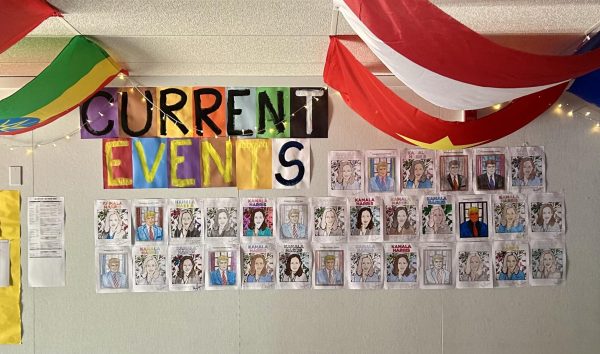
The upcoming 2024 presidential election will take place on November 5, 2024. The people of America will choose between the two candidates: Kamala Harris, the current vice president representing the Democratic party, and Donald Trump, the former president and Republican candidate. The election will determine the direction of critical policies, including immigration, foreign affairs, abortion rights, healthcare, and economic stability. The recent televised debate gave insight into what Americans can expect from each candidate. This sparked a lot of discussions and brought a lot of interest to the election.
Kamala Harris emerged as a presidential candidate, following President Biden’s decision to retire and not seek re-election due to concerns regarding his age and health. It gave a chance for Harris to step up and continue moving up the career ladder from the U.S. Senate as Attorney General in California. She brings a fresh perspective on Biden’s policies, shaped by her unique experiences as the first black vice president and first South Asian American elected for this position. As Dr. William Epps, a BCCHS Computer Science and CTE Pathway teacher, pointed out, “America is one of the few developed countries that has never had a woman as its leader. As far as I’m concerned, it puts us at a disadvantage.”
Struggling to accept his loss to Biden in the 2020 election, Trump has actively campaigned for re-election since 2022. He was able to gain more popularity through supporters and strengthen his position as a representative of the Republican party despite many legal challenges. He continues to promote his “Make America Great Again” agenda, as one could see in his playful statement about offering Ms. Harris a MAGA hat in the debate on September 12, 2024.
Dr. Epps and Mr. Michael Sirr, BCCHS teachers of Computer Science and Social Science, respectively, were interviewed to gain insights into the election landscape. While Dr. Epps showed strong support for Kamala Harris, Mr. Sirr went undecided. However, they both shared similar views on the candidates. It wasn’t the only optimistic view of the Democratic party that they agreed on. Dr. Epps said, “I like to see candidates who smile,” while Mr. Sirr remarked, “I don’t like when candidates are always negative, so it’s refreshing to hear that one campaign has a more positive spin. She does smile and laugh.”
Both educators agreed on the tendency of politicians to tell half-truths. Dr. Epps stated, “If I got two people and I’ve got to make a choice, I will choose the one who lies less. It’s that simple.”
Mr. Sirr explained, “I’ve learned that people who are seeking election or seeking popularity often will say what they believe people want to hear. So I don’t pay much attention to what people are saying on the campaign trail.”
Both instructors emphasized the need for a candidate who can unite us. Mr. Sirr said, “I think people are kind of tired of polarizing and aren’t necessarily looking for a leader of this nation that’s gonna continue to polarize people.”
Dr. Epps’s statement echoed this same concern. “We are a divided country and we are closely divided, and we have been since before the Civil War.” This is how two BCCHS teachers commented on the current political landscape in America. They expressed their desire for optimistic truthful leadership and shared their concern about the divisive nature of modern politics.
Our wonderful instructors offered valuable advice to seniors. They recommended students carefully familiarize themselves with issues that are important to them using reputable source information, such as the Associated Press. Mr. Sirr then cautioned students, “Don’t vote uneducated.”
Dr. Epps agreed. “I encourage all of my students, not only seniors, to start figuring out what your government is doing. Cause it’s going to affect you, more than it’s going to affect me. And they are hoping that you don’t have an awareness of current politics.”

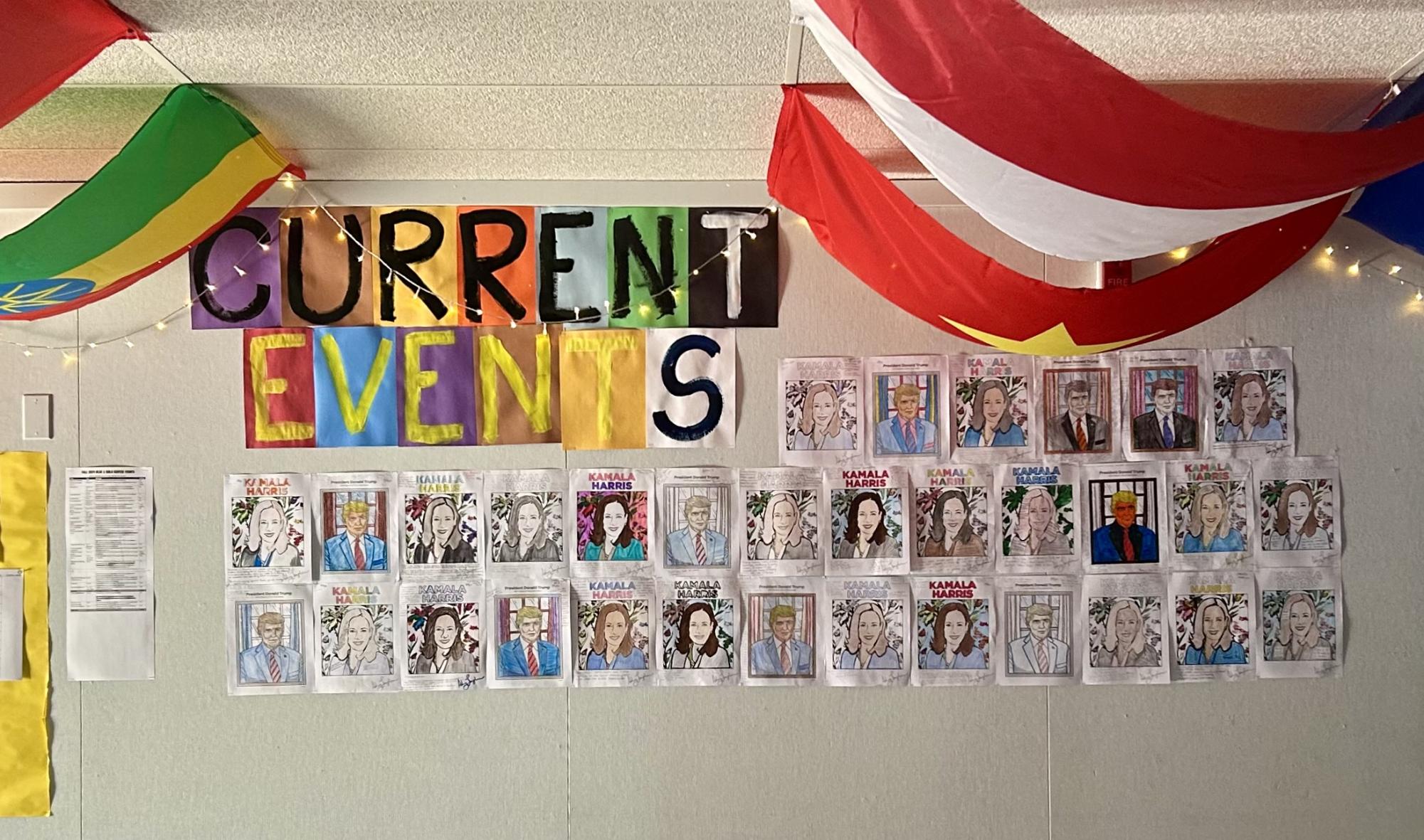
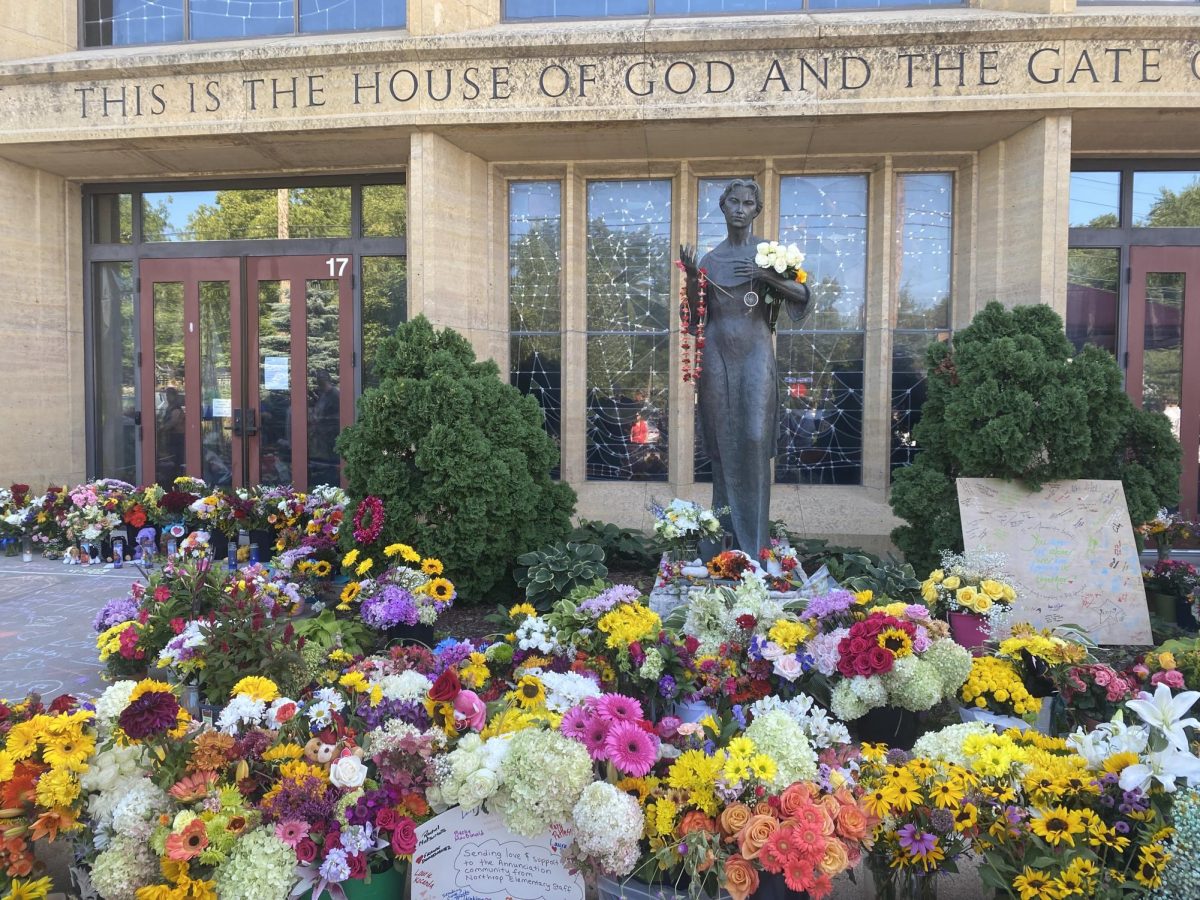




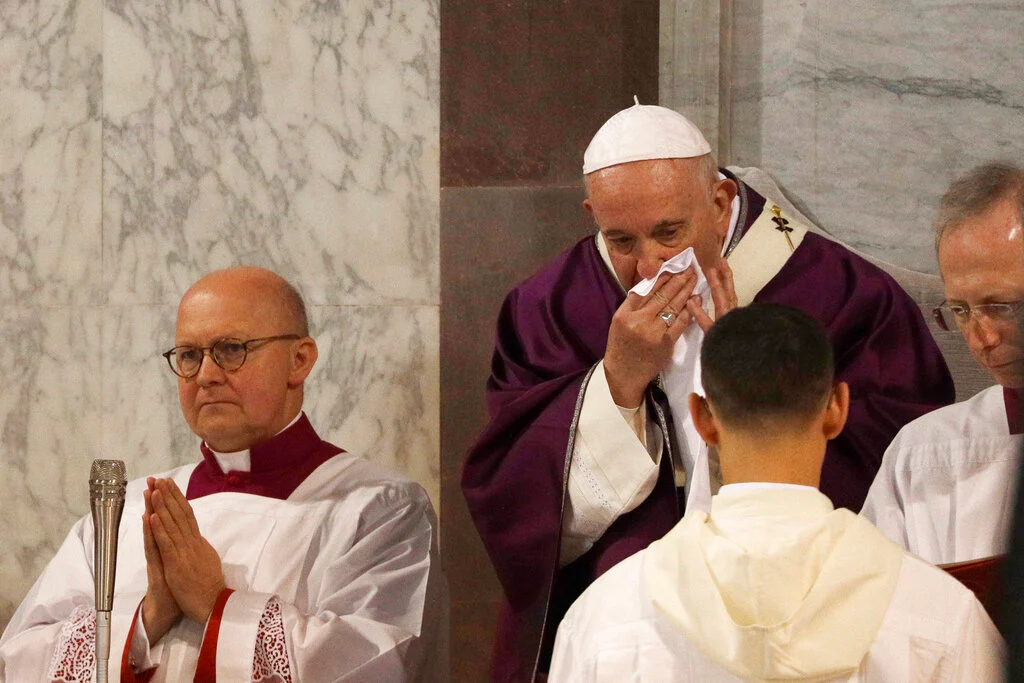
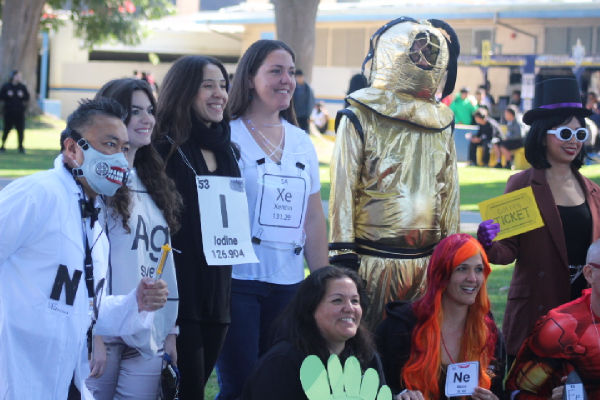





William D Epps • Sep 30, 2024 at 9:29 am
Excellent reporting. Very well written.
My name is Dr. William Epps and I approve this message.